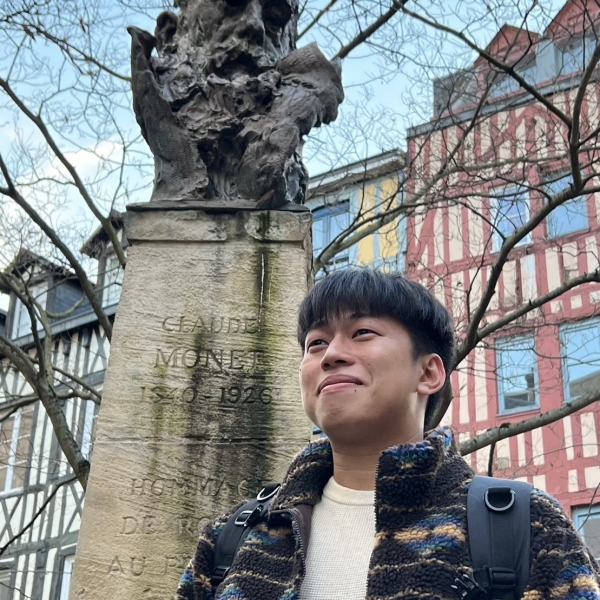碩士生: 林伯鴻
畢業年分: 2022年8月
論文名稱: 氫氣對乙烯/空氣/氮氣反擴散火焰之熱釋放區與煙粒產生之效應(中文) / Effects of hydrogen addition on the heat release zone and soot generation of ethylene/air/nitrogen inversed-diffusion flames(英文)
中文摘要:
由於工業的快速發展,伴隨而來是嚴重的環境汙染問題。煙煤是不完全燃燒狀態下的產物,不只會危害人類還會促使地球暖化。本研究探討了氫氣添加對於三環逆擴散火焰內的煙煤生成及預熱區的分佈影響。燃料油依稀和氫氣的混合物所組成,氧化劑為33%氧氣和67%氮氣組成。接著採用了雷射誘導白熾光(LII) 和平面誘導螢光 (PLIF)技術以檢測Soot與甲醛的分佈。此外,C2*和CH*化學激發螢光訊號也被訊號增強相機檢測。氫氣濃度依體積比例從0%增加到20%,而氧化劑流量固定。結果表明,CH*和C2*化學發光強度隨著氫氣添加量量上升而減少並表明了煙煤形成分佈與火焰預熱區的關係。這些數據將有助於進一步的發展煙煤生成計算模型建立和熱釋放率的計算。最後,結果表明LII的信號通量在加了20%氫氣候下降了60.6%,並且LII分佈與CH2O分佈有高度的相依關係。
英文摘要:
Rapid industrial development has led to severe environmental pollution. Soot is a byproduct of incomplete combustion, posing health risks and contributing to global warming. This study investigates the impact of hydrogen addition on soot formation and the distribution of the preheat zone in a tri-annular inverse diffusion flame. The fuel consists of a mixture of kerosene and hydrogen, with an oxidizer composed of 33% oxygen and 67% nitrogen. Laser-Induced Incandescence (LII) and Planar Laser-Induced Fluorescence (PLIF) techniques were employed to detect soot and formaldehyde distributions. Additionally, chemiluminescence signals of C2* and CH* were detected using an intensified camera.
The hydrogen concentration was increased from 0% to 20% by volume, while the oxidizer flow rate remained constant. Results indicated that the CH* and C2* chemiluminescence intensities decreased with increasing hydrogen addition, highlighting the relationship between soot formation distribution and the flame preheat zone. These data will aid in further developing computational models for soot formation and heat release rate calculations.
Finally, the results showed that the LII signal flux decreased by 60.6% with the addition of 20% hydrogen, and there was a high correlation between the LII and CH2O distributions.

